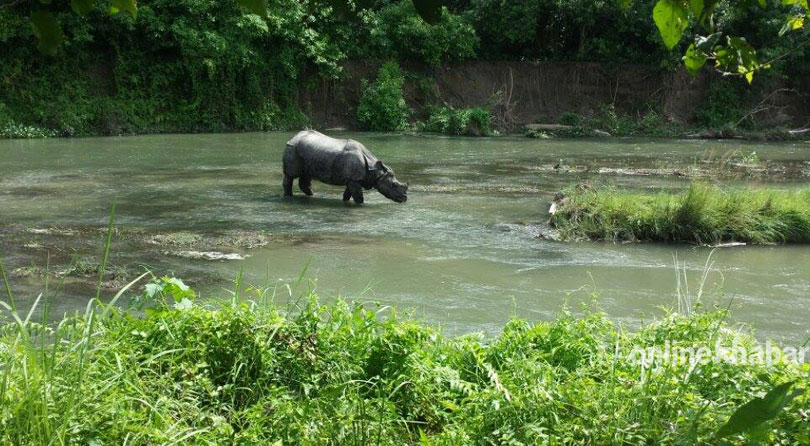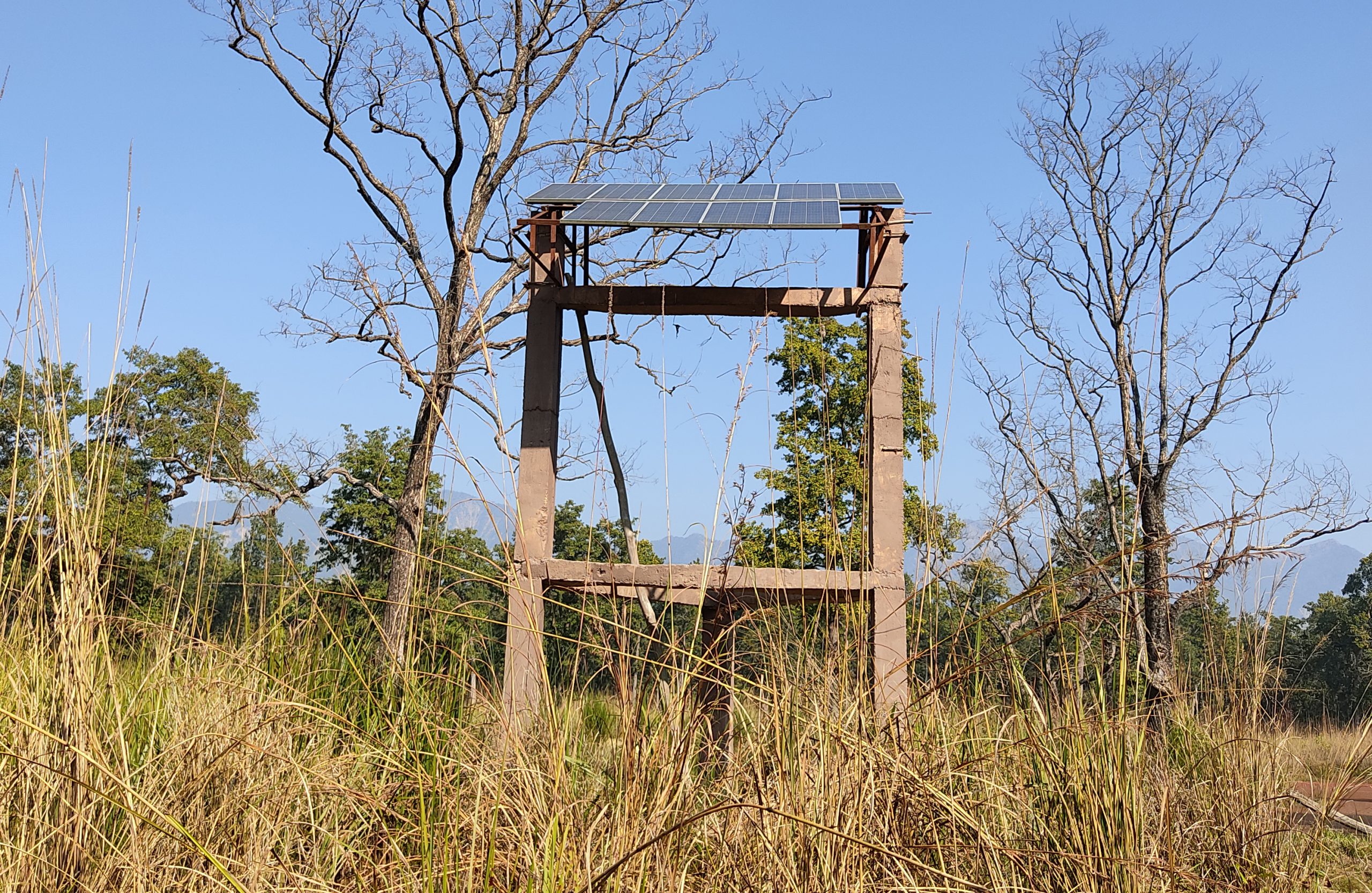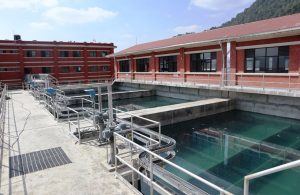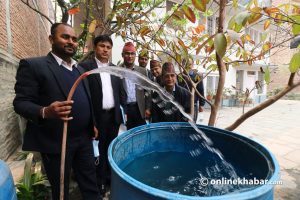It is a good time to look back at how Nepal has set an example in conservation through creating a favourable environment for its wildlife. Nepal, having different natural ecosystems, ranging from lowland Terai region to the high Himalayas, is home to diverse floral and faunal species. The diverse climatic and topographic conditions have favoured a maximum diversity of flora and fauna in Nepal. The country occupies only about 0.1 per cent of the global area but harbours 3.2 per cent and 1.1 per cent of the world’s known flora and fauna respectively. Nepal has established a very good network of protected area systems with 12 national parks, one wildlife reserve, one hunting reserve, six conservation areas, and 13 buffer zones, covering 23.39 per cent of the country’s land.
Water and energy availability are the growing concerns for wildlife conservation. The sun has been the prime source of energy for all living beings forever. Solar energy is being used directly and indirectly for assorted purposes. The alternative energy sources like diesel, petrol, firewood, hydroelectricity and even our food originate indirectly from the sun. Unlike diesel, petrol, coal and other non-renewable energy sources, solar energy is renewable and inexhaustible. So, tapping solar energy is a logical and imperative course of action. Further, it can be utilised to settle the drinking water crisis that has been enduring by wildlife in their habitat.
Water for wildlife

The amount of water the animals living in a habit drink per day may vary according to their size. For example, elephants require about 68.4 to 98.9 litres of water daily but may consume up to 152 litres. An adult male elephant can drink up to 212 litres of water in less than five minutes. Similarly, a tiger can drink up to 65 to 70 litres per day. The water requirement may increase for tigers living in hot temperatures. A rhinoceros is heavily dependent on water and will drink up to 72 litres per day if water is available.
Solar water pumps as a solution
In such a case, solar water pumps proves to be the viable option to resolve the water crisis in the wildlife’s habitat.
Solar water pumps use electricity generated by photovoltaic (PV) panels to pump out the water from reservoirs, wells or boreholes and feed directly onto fields or into a storage tank. Supplied water can then be used for irrigation, water livestock, household and drinking purposes. Solar water pumps can provide a more sustainable, clean and reliable source of water for the wildlife and also for the people living in the bordering communities. This reduces the carbon footprint and provides a more eco-friendly environment for wildlife.
This could be a prominent technology for national parks and conservation areas that have no major rivers within their boundaries and whose borders fail to include reliable year-round water sources. Poor rainfall can result in an acute shortage of water in national parks. Many water reserves have been drying due to wildfires that occur annually in Nepal. The government and the forest department can make use of solar pumps in an attempt to better the situation.
Operating seven to eight hours a day, a solar water pump can refill partially dried-up ponds and lakes while allowing the excess water to flow downstream. It pumps more water in sunny weather and slows down appropriately when it is overcast or raining.
Positives of the pump

Solar pumps have many pros over electrical pumps. Like electrical pumps, solar ones do not disturb the ecological and biological balance of the reserve. The energy comes straight from the sun, lowering its operational cost. Solar water pumps help in climate change mitigation by reducing greenhouse gas (GHG) emissions. It also avoids the emission of particulate matter, noise pollution, diesel leakage into water and cultivations, and travel to collect fuels.
The additional supply of water drawn from beneath the ground’s surface simultaneously reduces the wandering of elephants, tigers, rhinos and other wildlife out of parks perimeters in search of water, a threat to human settlement and livestock likewise. Solar water pump provides reliable water during the dry season and in turn, keep the wildlife away from straying into local villages.
However, the only disadvantage of it is that it needs sunlight to work. It will not pump the water in the early morning or late evening as there is not enough sunlight. Although batteries can be used with the pump when the sun is out, it is usually not recommended as batteries are much expensive and have very short lifetimes.
A solar water pump is a proven technology that consists of components like PV modules, pump and pump controller. Solar panels are usually installed 15 to 20 feet above the ground level and a trench is built around them. This is done to ensure that the solar panels will be safe and no animals will be harmed by these devices. Installation, operation and maintenance of solar water pumps are also simple and they could be stationed at hilly and Terai regions of Nepal, where the level of water beneath the ground is high.
Modern technology has made solar water pumps more affordable and the best solution for providing water resources for both wildlife and the surrounding communities. In order to make impressive progress in biodiversity conservation, the government and the concerned authorities of Nepal should focus on implementing and subsidising such concepts.

























